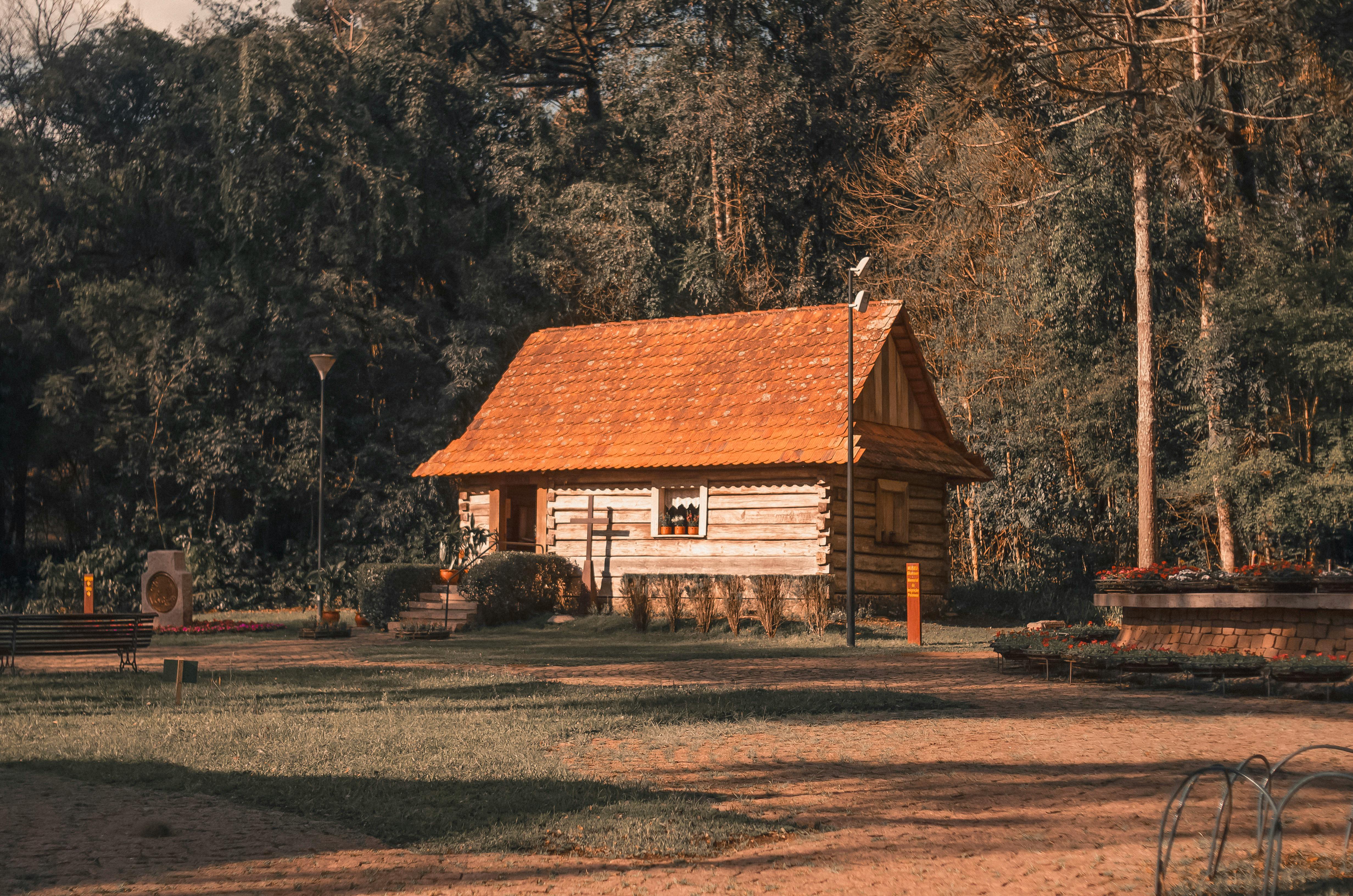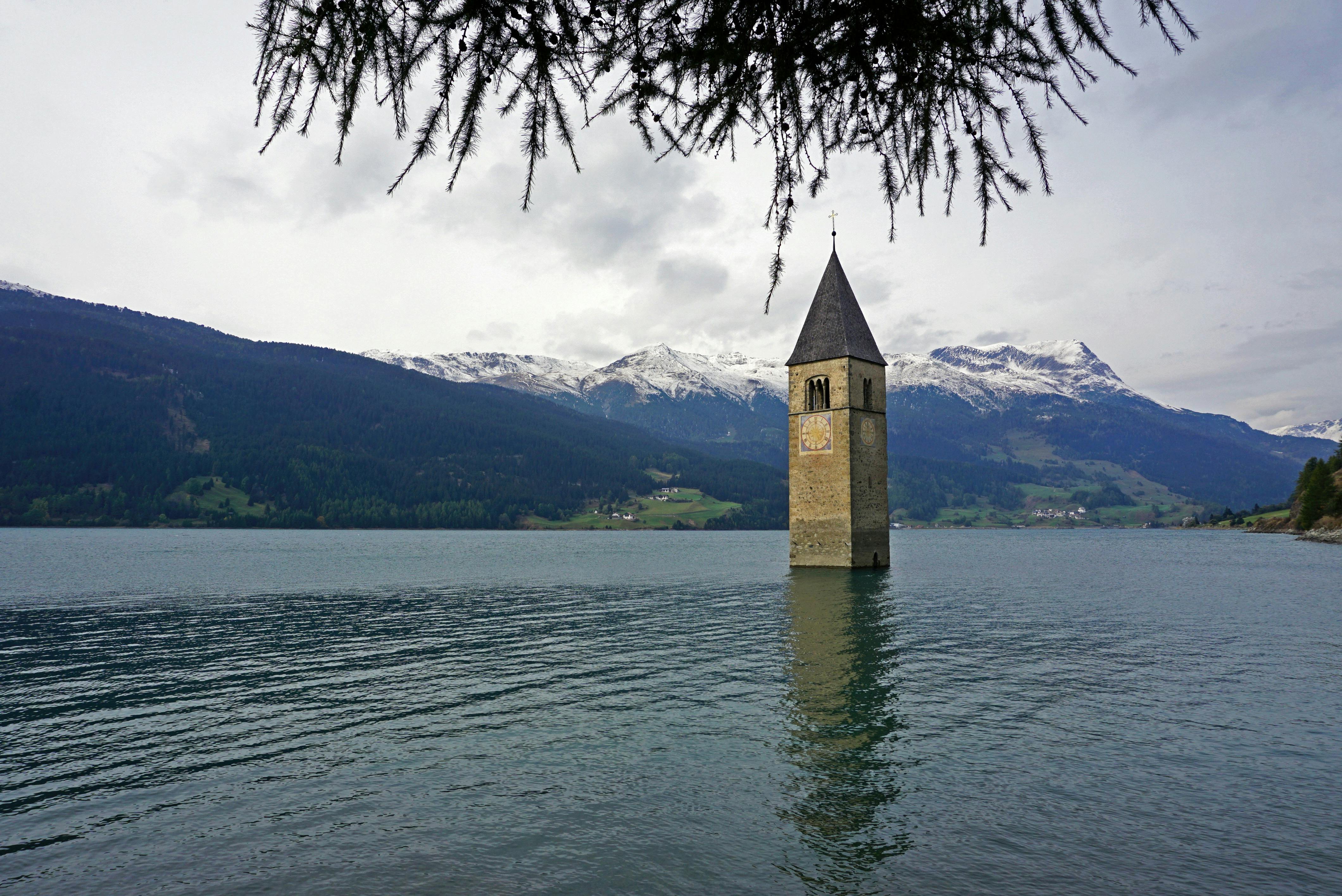Just a 30-minute drive south of London, Ontario, on the southern shore of Lake Erie, is a major gateway to Canada for immigrants; settlers who came to southwestern Ontario between 1825 and 1875: Port Stanley. In 1804, his friend Colonel Thomas Talbot granted John Bostwick 100 acres of land at the mouth of Kettle Creek. He settled in the area in the early 1820s and ran a major warehouse and mill. Bostwick may be referred to as the founder of Port Stanley, but there were many other early settlers; such as Zavitz, Minor, Smith, Stephens, Price, Begg, and Mason. Port Stanley was central as a gateway to Canada during the 19th century. A road linking the port with St. Thomas and London was opened in 1822, and in 1856 the London and Port Stanley Railway began operation, connecting Port Stanley with the vast rail network that was spreading across North America.
In 1844, a record number of ships, 148, arrived at the small and busy port. Along with the throngs of people, large merchant ships carrying bulk cargo also arrived; such as wood, cereals, minerals and coal. The largest of these merchant sailing ships were known as Windjammers. They had between three and five large masts with square sails. Legend has it that these boats were called “windjammers” due to the sound emitted by the large sails. They were designed for long journeys and had the ability to go around the world.
A noted businessman, Samuel Shepard, was an engineer, designer, builder, and commander of the Windjammer, “captain” some of the finest ships in the harbor at Port Stanley. Each year, he would award the “Shepherd’s Top Hat” to the first ship to arrive in port each spring, a tradition that continues today.
Shepard built a beautiful landmark home in 1854 on a corner lot in the southwestern part of Port Stanley, half a mile from Lake Erie. Today it remains a beautiful representation of life in the Victorian era and a true expression of the influences of the early settlers. The inspiration of his house reflected his wealth. It featured classic details known at the time, including a steep roof and a central fireplace. Interestingly, the post at the base of the stairs, as well as the fireplace mantle in the dining room, came from one of Shepard’s ships. Family plans allowed for 4 or 5 bedrooms, including a utility room that was upstairs above the kitchen (there was a ladder).
Today, there are three bedrooms and a carport. A very important part of our Canadian history, this heritage location is now a Bed & Breakfast with a contemporary dining room that rivals the fine dining in large suburban areas.
For availability, contact Windjammer Bed and Breakfast in Port Stanley, Ontario.




Recent Comments